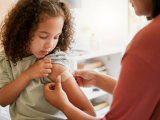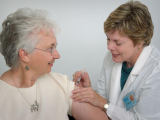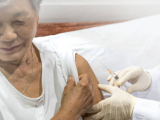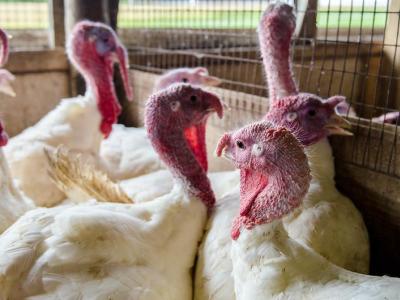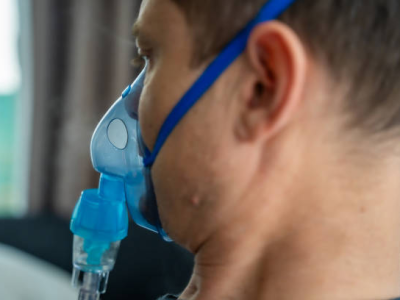Sep 23, 2009 (CIDRAP News) – The World Health Organization (WHO) has recommended that seasonal influenza vaccines for use in the southern hemisphere next year contain the pandemic H1N1 virus instead of a current seasonal H1N1 strain, signaling that the pandemic strain is expected to push the older H1N1 strains aside.
The WHO also picked a new strain of influenza A/H3N2 for the 2010 Southern Hemisphere vaccine, while keeping the influenza B strain the same. The recommendation means that manufacturers will likely be changing two of the three strains used in the vaccine.
The WHO annually recommends one H1N1, one H3N2, and one B strain for use in seasonal flu vaccines, trying to match the current circulating strains. Because it takes months to grow millions of doses in eggs, the agency makes its choices for the southern hemisphere in September and those for the northern hemisphere in February.
The pandemic H1N1 was the predominant flu strain in much of the world by July of this year, the WHO's technical report on the strain recommendations notes. In a separate question-and-answer statement, the agency added, "The available data suggest that the pandemic influenza A (H1N1) viruses are becoming much more common than the current seasonal influenza A (H1N1) viruses.
"Although it is impossible to know whether the seasonal influenza A (H1N1) viruses will be completely replaced by the pandemic influenza A (H1N1) virus, the group of experts convened by WHO for this consultation consider it likely that seasonal influenza A (H1N1) will not pose a major public health risk in 2010 in the southern hemisphere."
The waning seasonal H1N1 strain had become widely resistant to oseltamivir (Tamiflu), the report notes. The pandemic H1N1 virus remains generally susceptible to the antiviral, though a few cases of resistance have been identified in people who were treated with it.
The three recommended flu strains are normally combined in one vaccine, but the WHO said today it was not ready to decide whether the three newly recommended strains should be combined or if separate seasonal and pandemic vaccines should be used next year in the southern hemisphere. The target groups for the seasonal and pandemic strains differ somewhat, particularly regarding older people, who seem to have some protection against the pandemic strain.
"WHO will be in a position to provide guidance on this issue after the Strategic Advisory Group of Experts (SAGE) meets in late October and deliberates on this issue," the agency said.
The three strains recommended by the WHO today are:
- For pandemic H1N1, an A/California/7/2009-like virus (the same strain used in the pandemic vaccines now being made)
- For H3N2, an A/Perth/16/2009-like virus
- For B, a B/Brisbane/60/2008-like virus
Most of the recently collected H3N2 isolates differed from the H3N2 strains used in this year's southern and northern hemisphere vaccines (A/Bisbane/10/2007 and A/Uruguary/716/2007) and were closely related to the Perth strain, the WHO said. It noted that South Africa had widespread H3N2 outbreaks in June.
As for the B strain, viruses from both of the major B lineages—Victoria and Yamagata—have been circulating recently, but the Victoria lineage has been predominant, the agency said. The B/Brisbane/60/2008 strain is a member of the Victoria lineage and is the same strain being used in the current northern hemisphere vaccine.
In a note on H5N1 avian flu, the WHO says that 37 human cases, with five deaths, were confirmed from Feb 1 through Sep 21 in China, Egypt, and Vietnam. A total of 440 cases and 262 deaths have been confirmed in 15 countries since 2003.
See also:
Sep 23 full WHO report on the strain recommendations
http://www.who.int/influenza/vaccines/200909_Recommendation.pdf
Sep 23 WHO question-and-answer statement
http://www.who.int/influenza/vaccines/200909_RecommendationFAQ.pdf
Feb 13, 2009, CIDRAP News story on WHO recommendations for 2008-09 Northern Hemisphere vaccine
http://www.cidrap.umn.edu/cidrap/content/influenza/general/news/feb1309selection-br.html
